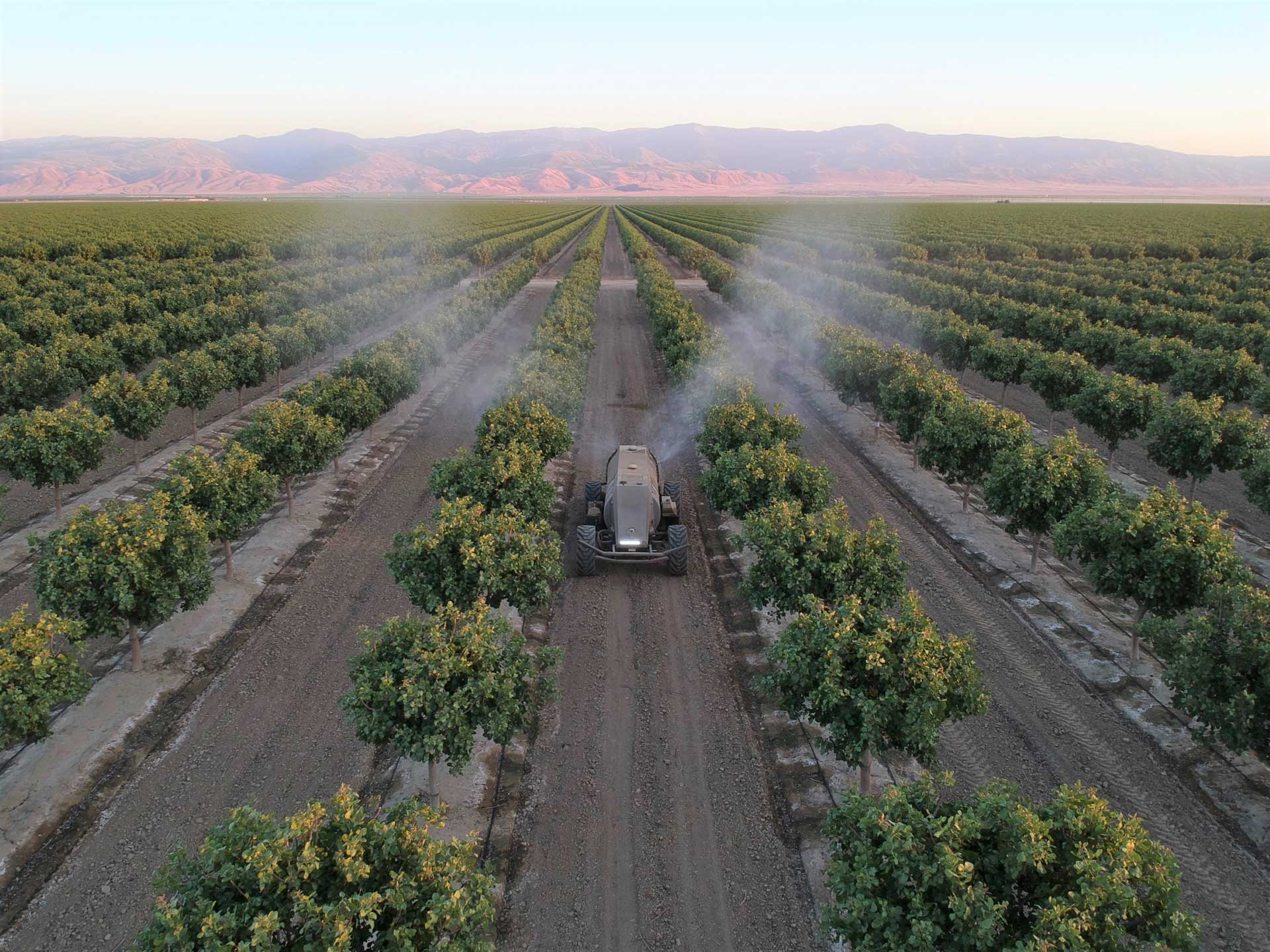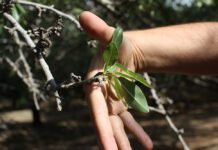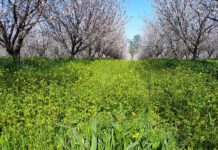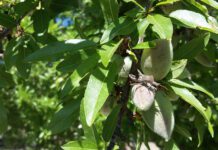The debate over the efficacy of foliar nutrition and its benefit continues to cause some controversy. The goal should be to help our growers achieve optimal yields. Often, just recommending a nutrient because we read about it somewhere, won’t produce the desired result if we aren’t using the right formulation. I still have clients that don’t buy into foliar nutrition as they believe much of it doesn’t work. That argument of whether chemistry is taken in through the leaves is usually put to an end when I ask them a simple question; “If that were the case, you could spray your trees with glyphosate and nothing would happen, right?” Although I have many clients with a decent amount of conviction on the subject, I have yet to have any takers on the experiment. While they may be partially right on some aspects of foliar nutrient assimilation, it’s usually their analysis that fails them in realizing how to best get food through the leaf surface. It’s the nutrient derivative paired with agronomic demand that works or does not. Think of a leaf as your skin. It’s a living organ. It is your body’s first line of defense against toxins and it is the cooling or heating layer. It is made up of lipids, pores and capillaries that work in conjunction to protect us, move blood, and regulate temperature. Humans use fats, minerals, oils, waxes, and medications (coconut, vitamin E, lanolin, Aloe Vera, zinc oxide, transdermal patches, etc…) to nourish and protect it. A leaf does many of those functions for a plant as well. The quality and form of nutrients we use to create healthy leaves, and in turn the whole plant, can make a huge difference in how well a tree performs for increased yield and quality.
I recently had some in depth discussions with a colleague about the efficacy of foliar nutrients. Ken Dart is the National Technical Director for Agro-K. I asked him for his thoughts on why there is skepticism from some farmers on using nutrition in a foliar spray. Ken mentioned that the first early foliar products in the market were poor penetrators of the waxy cuticle. “If you can’t get nutrition through the lipid layer, its certainly not moving through the plant.” I mentioned some nutrient formulations that seem to elevate quickly after applications compared to many others that don’t move the needle accordingly. “Good foliar nutrients share several critical characteristics: low pH, small, simple molecular size and solubility. These characteristics allow the foliar nutrients to penetrate the waxy cuticle and other protective layers of the leaf and into the tissues where they can be moved and utilized beneficially by the plant/tree in a complete and timely way. If these characteristics are not present the nutrients will sit on the leaf surface like a coat of paint and be of minimal value.”
It is of the utmost importance that we are also attaining usable and pertinent results from our labs. We need to be cognizant of whether we are pulling tissues from old growth, active shoot growth, shaded leaves, stems and even measuring sap flow. As consultants we have to be diligent to get samples to the lab in an expeditious manner as well as in proper containers and environments. We also need to verify from our labs that they are using best practice techniques for cleaning leaves before analysis to reduce false readings from unabsorbed surface film. As a consultant or a farmer, your decision-making process will only have the chance of being correct if you have accurate information from your report. Dart says, “If you can accurately measure it, you can accurately manage it.”
I asked Ken the importance of timing for a foliar spray. He stated, “If it is cold and wet, with low oxygen levels, the biology around the roots doesn’t function well and does a poor job of picking up the early peak demand nutrients. Nutrients that build and generate nut/fruit set, leaf size, chlorophyll, weight, firmness etc…, such as Zn, Mn, Mg, Cu, Fe, B, Mo, Ca, and P are difficult to move without active biology and root function. Many of these early peak demand nutrients like Mn and Moly are also essential for nitrogen metabolism and performance that if not supplied early during nitrogen demand will reduce the value and performance of the nitrogen itself. Moly benefits Boron; Boron during cell division benefits Calcium. Magnesium and Manganese benefit Zinc.” Many of my growers have been skeptical in the past of using foliar nutrition too early in the season with low or no transpiration. I mentioned to Ken that a good post-harvest nutrient program should allow for better nutrient storage in the roots over winter. While he agreed that a good program after harvest will allow a tree to more optimally store carbohydrates and nutrients in the roots, he emphasized the importance of getting nutrition into the tissues at critical times. “In the Spring, if there are no, or just small leaves present, there is very little or no transpirational flow upward to pull the nutrients out of the soil, into and up the plant. This means very little practical or usable levels of these nutrients will be available during peak demand of you are relying strictly on soil applied nutrients. Also, using the wrong form of foliar nutrient, one that goes into the tissues poorly or slowly will reduce performance and yield.”
Ken mentioned, “While soil nutrient applications are critical to growers in driving economic performance there are limitations to what they can accomplish. Soil nutrient applications are like the meat and potatoes of the human diet. They do the heavy lifting but need to be complemented by other things like fruits and vegetables. The best and highest economic returns are generated when growers use well designed and executed soil and foliar nutrient programs that compliment each other.” As a grower, its important that you ask your consultants for a good nutrition plan. They should have the knowledge and ability to gather the information you need to address nutritional needs at the proper developmental stage of your crop. In our efforts to produce higher yields and better quality we need to be cognizant of the environment our trees are growing in. Our trees don’t chew their food, they absorb it. The soil in which it is delivered changes from year to year and even month to month. Our water quality, temperature, soil biology, and mechanical practices can make drastic changes to how well that soil nutrition can be taken in. A good foliar spray, in the right form, with the right mix, at the right time can go a long way to addressing any deficiencies that may arise.
















